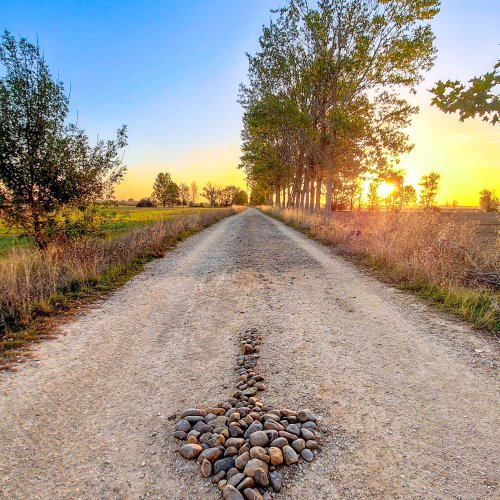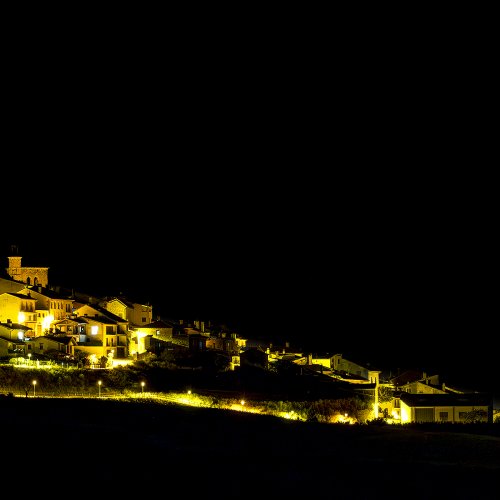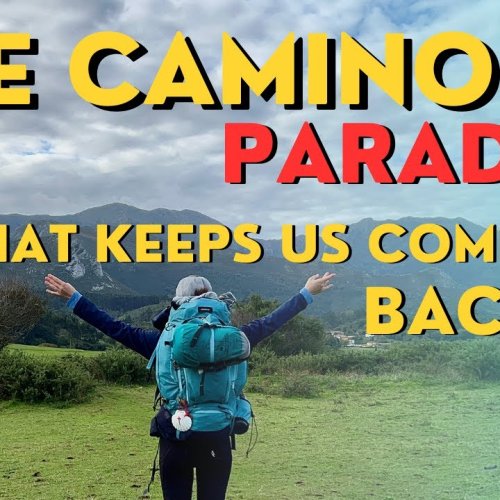Over four Caminos, I planned for an average of Euro 50 per day. I replenish that amount at an ATM when needs must, usually when the amount in-pocket dips to around 50 Euro. Plan ahead, and rely on a current guidebook, or smart phone app, to tell you where there is an ATM. Many of us find that the Telebanco ATMs usually attached to Santander banks are the most reliable.
I advise against using free-standing ATMs located in albergues, cafes, gas stations or convenience shops. They always charge high "convenience fees" and are more susceptible to being hacked, and your numbers compromised. Many of these free-standing ATMs are in fact owned by the business they are located in. I strongly advise ONLY using ATM machine physically connected to a proper bank, or which are clearly identified as being from a known bank, as opposed to independently owned ATMs.
Also, and in this regard, ATMs located in airport arrival areas usually give a slightly LESS FAVORABLE conversion rate than ATMs located, "in-town." The banks KNOW arriving travelers usually need to obtain money, so they slant the conversion rate at these ATMs to the bank's advantage.
Also, the WORST POSSIBLE exchange rate is at those Travelex currency booths, or attached ATMs, located at airports around the world. This firm is in the currency exchange BUSINESS. So they charge a premium exchange rate for all their services anywhere in the world. Of course, they tell you that they do not charge a fee, but they make it up with a far less charitable exchange rate.
My advice is to arrive in France, Portugal, or Spain to start your Camino, use an airport located bank ATM to obtain not more than 100 Euros to get you away from the airport, then find a bank "in-town" to take out the reminder of what you need for the next few days.
Finally and on point:
Make sure you are using a four-number PIN. European ATMs do not accept other patterns.
Make sure you notify your bank that you will be in (country) from (date) to (date), so your card is not either rejected, or worse, eaten by a bank ATM.
Also, a "chipped" debit or credit card is better than a card having only a magnetic stripe. Most North American banks are still converting to this world standard. If you have the option of having a debit or credit card with a chip and mag strip, I recommend you opt for this format.
I hope this helps.












